by Bob Ward, Product Manager, Rollon Corp.
Here are some tips on how to correctly specify and size a linear-motor-driven actuator using the mnemonic ACTUATOR—short for accuracy, capacity, travel length, usage, ambient environment, timing, orientation and rates—to remember all the key parameters
Choosing the right actuator for a given application may seem like an easy task. However, more goes into selecting a reliable actuator than some engineers and system integrators realize. Poorly performing actuators often result from basic specification errors.
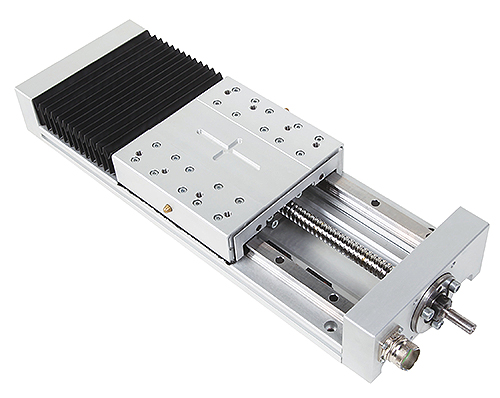
To get reliable and repeatable linear motion, the aim is to meet specific requirements for a high-quality actuator setup with four subsystems:
1. A structural system that can accurately secure all actuator components in a physical space and provide a way to hold the actuator in its workplace
2. A rotary-to-linear motion converter consisting of a drivetrain of individual components
3. A linear wear element to accurately guide the carriage in a straight line with minimal friction and maximum load capacity and life
4. A moving carriage that securely holds the workpiece, gripper, camera, optics or other payload
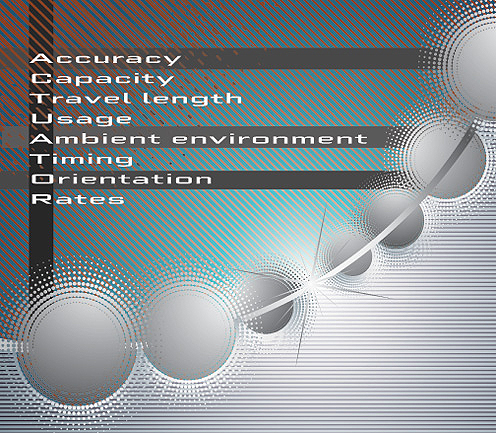
1st design objective:
Accuracy and repeatability
Unless a design engineer takes the time to define what an actuator must deliver for motion, he or she will likely over-specify or overpay for the system. That’s especially true if there’s any misunderstanding about how accuracy and repeatability differ. In most actuator applications, repeatability is more important than absolute accuracy.
Repeatability can be either unidirectional or bidirectional, so measures a system’s ability to get a command position when approached from the same direction or either direction. The two main specifications that influence accuracy are travel and positioning. It’s common to specify accuracy in units of microns or thousandths of an inch.
For example, imagine a robot with a gripper sitting on top of a linear actuator. The actuator moves the robot into a variety of positions so that the gripper can grasp cases and place them on pallets. This motion must be repeatable and fairly accurate to move the robot into position, although pinpoint accuracy isn’t necessary. As a rule of thumb, positioning repeatability to ± 50 µm is more than acceptable in most end-of-line packaging operations involving actuators. For applications that require more precise positioning, consider adding a linear encoder.
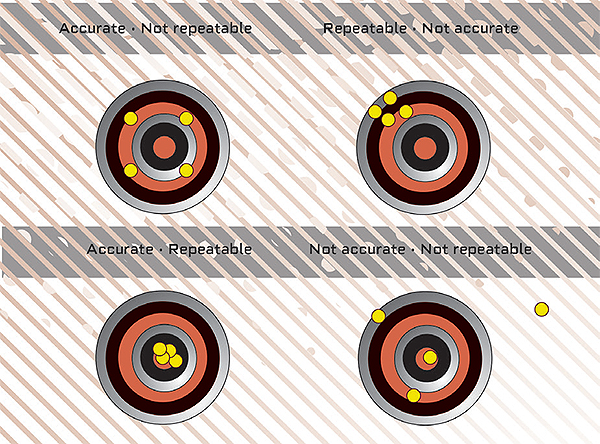
2nd design objective:
Capacity
Think about the loads, moments and forces the actuator will need to withstand. These include:
• static load
• dynamic load
• bending moment
• thrust
No matter the setup, an actuator’s internal construction has a direct impact on load capacity. Some manufacturers design and construct actuators to handle heavy loads at high speeds, while others are built to support light loads at high speeds. Knowing the application details is critical to choosing the right design. Tip: When comparing actuators, pay attention to the specification units mentioned above (SI, U.S. or imperial units) to make an apples-to-apples comparison.
Industrial-duty actuators have high stiffness and handle maximum load capacity in five out of six degrees of freedom—and allow low-friction movement in the sixth axis.
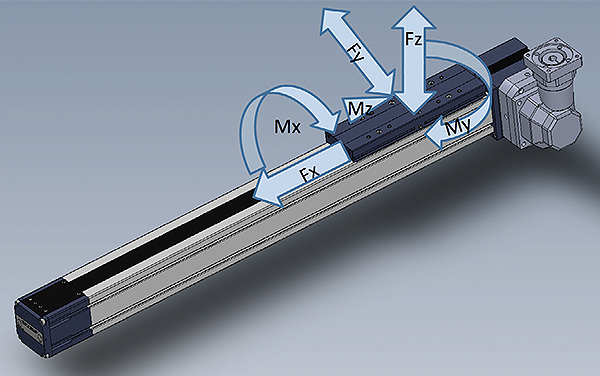
3rd design objective:
Travel length
The stroke of an actuator, measured in millimeters or inches, is the distance it must move an actuator. However, total movement must include a safety stroke, also known as hard-stop-to-hard-stop distance. Carefully distinguish the difference between stroke and overall length. Tip: During this step, also define the volumetric envelope or total footprint into which the system must fit.

4th design objective:
Usage
Usage factor (also known as duty cycle) is commonly expressed in cycles per minute. Useful life is the number of hours, years, cycles or linear distance the actuator should get. In other words, this specification describes how frequently the actuator will run and how long it needs to last. Consider application details (including the motion profile, cycle time and dwell time) in addition to lifetime requirements. Ask the supplier about maintenance schedules as well; some actuators only require re-lubrication after 20,000 km, while others need more frequent care.
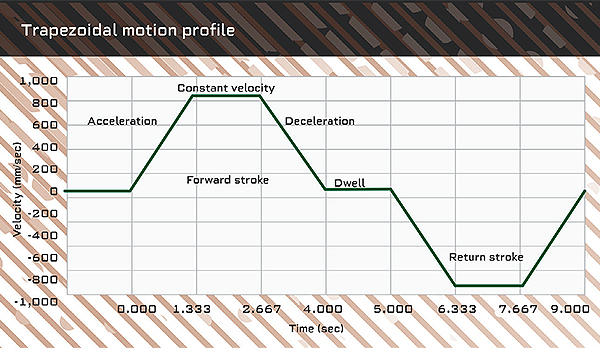
5th design objective:
Ambient environment
Working conditions surrounding the actuator collectively form the ambient environment:
• operating temperature rang
• relative humidity range
• type and amount of contaminant particles
• presence of corrosive fluids or chemicals
• periodic cleaning or washdown requirements
Keep these factors in mind, and note that demanding or extreme environments may require special seals and bellows to protect the actuator’s moving parts from moisture, dust and other contaminants. Where this is a concern, ask the supplier if these are available.
6th design objective:
Timing
Design engineers, system integrators, OEMs and end users frequently ignore project timelines when specifying an actuator, especially in the beginning. Although other performance specifications deserve close attention, keep time and budget constraints in mind. Don’t forget about overall project deadlines, request for quotations, prototypes and production schedules, because ignoring these can waste time and effort later. There is nothing worse than finding the perfect actuator and then realizing it doesn’t fit within the project’s time and budget constraints.
7th design objective:
Orientation
Choosing the right actuator also depends on how it will mount in the available geometric space. This determines load and force orientation. Will the carriage be face up or face down in a horizontal orientation? Vertical orientations and slanted placements are also possible depending on the system footprint and application geometry. Each orientation influences the force calculations that ultimately express the actuator’s ability to carry a given load. Note that multi-axis systems need special brackets and cross plates to rigidly connect actuators and reduce misalignment and vibration.
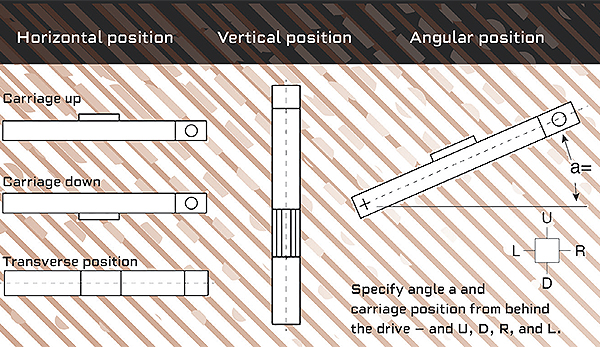
8th design objective:
Rates
To choose the best actuator for an application, determine its target motion profile. This includes travel speed as well as required acceleration and deceleration rates. While some industrial duty actuators can support high loads at travel speeds to 5 m/sec, others have limited speed and load capacities. Here, correctly match the actuator to the task at hand.
Rollon Corp.
www.rollon.com
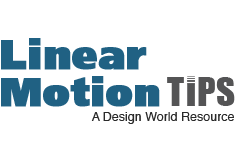

Leave a Reply
You must be logged in to post a comment.